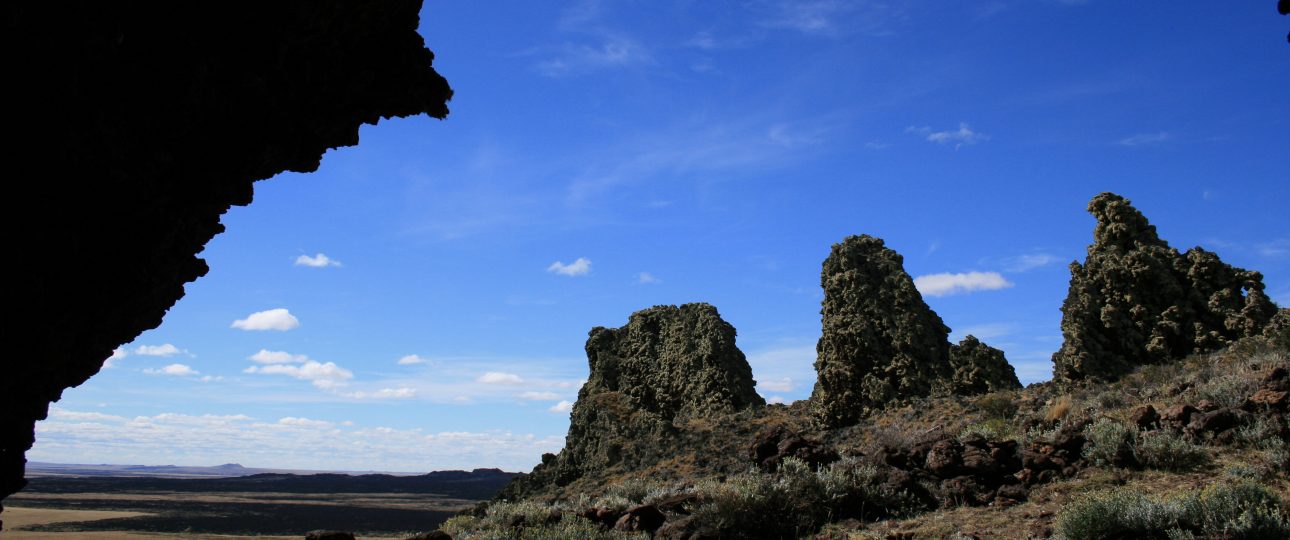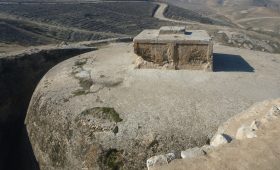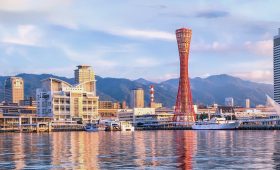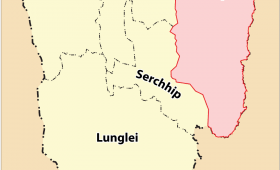Parque Nacional Pali Aike: Exploring Patagonia’s Rugged Beauty
Getting to Parque Nacional Pali Aike
Parque Nacional Pali Aike is located in the Magallanes Region of Patagonia, Chile. It’s about 196 kilometers north of Punta Arenas, not 250 kilometers as often misstated. To get there, fly into Punta Arenas, then rent a car or hire a guide. The drive offers a preview of the park’s stark, volcanic landscapes.
Best Time to Visit
Visit between November and March for milder weather, ideal for hiking and wildlife watching. If you prefer solitude and don’t mind the cold, the winter months offer a different kind of beauty, though conditions can be harsh.
Exploring the Park
Parque Nacional Pali Aike spans 5,030 hectares and is part of the Pali-Aike Volcanic Field. The park’s name, meaning “Desolate Place” in the Tehuelche language, reflects its rugged terrain. Here, you’ll find ancient volcanic cones and lava flows, with some formations dating back over a thousand years.
The park is a haven for unique flora and fauna, some species found nowhere else. Birdwatchers can spot guanacos, rheas, flamingos, and condors. The Pali Aike Crater is a highlight, offering a glimpse into the region’s geological past.
Archaeological sites within the park reveal its human history. The Pali Aike Cave, similar to nearby Fell’s Cave, contains artifacts from the Paleo-Indian period, including stone tools dating back 11,000 years. The site was studied in the 1930s by archaeologist Junius Bird and includes remains of Pleistocene fauna.
Practical Tips for a Memorable Visit
- Wear sturdy hiking boots; the terrain is rocky and uneven.
- Dress in layers; weather can change rapidly.
- Bring sunscreen, a hat, and sunglasses to protect against the strong sun.
- Pack a camera and binoculars for wildlife and landscape photography.
- Carry sufficient water and snacks; facilities are limited.
- Respect park rules and leave no trace to preserve its natural beauty.
Parque Nacional Pali Aike offers a raw, unfiltered look at Patagonia’s natural and historical wonders. It’s not for everyone—those seeking comfort might find the park’s remote and rugged nature challenging. But for those willing to embrace its stark beauty, it promises an unforgettable adventure.




